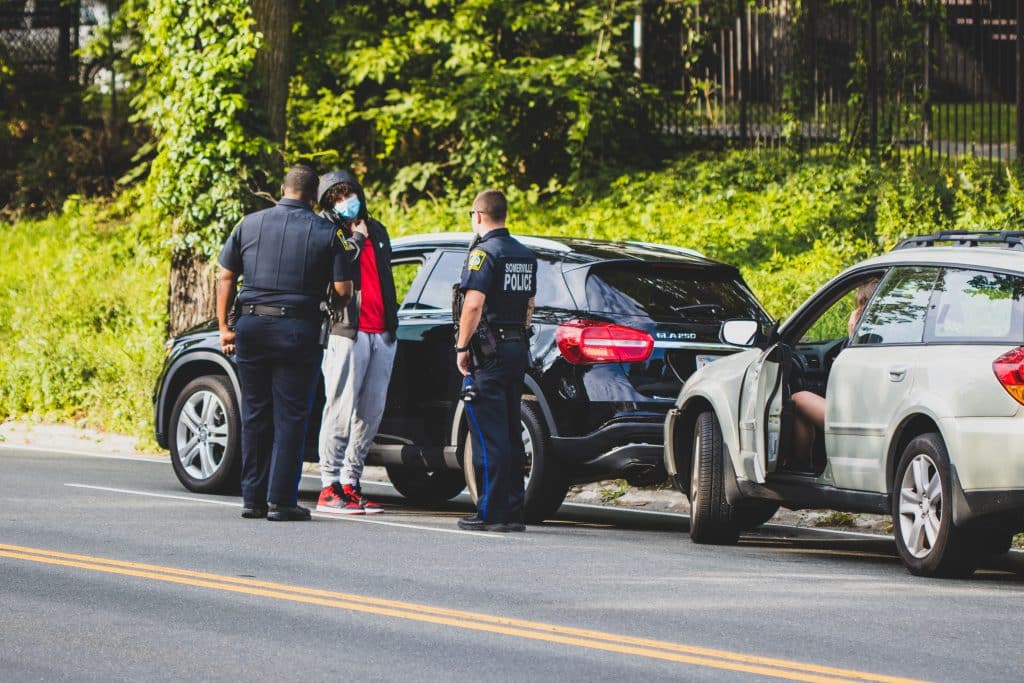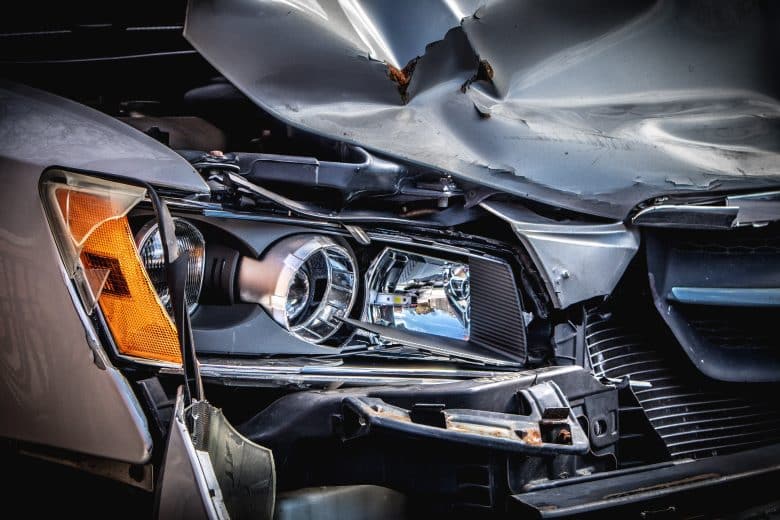Tips for Determining Who’s at Fault in a Common Auto Accident
If you have ever been involved in a car accident, you probably know the frustration of figuring out who is at fault. Car accidents are common and can happen at any time and place. Most car accidents are caused by drivers who fail to yield their right of way to other motorists or fail to stop where they were supposed from traffic. However, it’s not always simple to find out who’s at fault in auto accidents.
Here are Some Tips on How You Can Help Determine Who’s Responsible for an Auto Accident:
Look for Evidence at the Scene
Evidence could include skid marks on the road, broken glass, or other collision signs. If the car accident happened on the other side of a street, be sure to look for any signs of the accident, such as damaged or missing signs, road markings, or other objects. Any evidence could help you determine who was at fault.

Ask Bystanders and Your Witnesses
When examining the scene, you should always attempt to search for clues around the accident site. It would be great if you also made inquiries with the nearby people when the accident happened. Many times, bystanders can tell you who caused the accident. If you have any witnesses close by, they can tell you who was at fault. These bystanders can be someone walking by the side of the road, or they could be a passenger in a passing car.
Police Reports
The police report is a sworn statement written by the officer who responded to the accident. The information will contain all the pertinent details of what happened, including the names of all the parties involved. The police report can be beneficial when determining who’s at fault. It can help you find out who caused the accident, and it can also help you get any contact information for the other party, such as their name, address, and phone number. If the incident happens in OH, you can search for the Ohio crash report online. All you need is the collision’s ZIP code, the date, and your car’s VIN.
Rear-End Collisions
If you got involved in a rear-end car crash, the other driver is most likely at fault. This is because negligent drivers cause most rear-end collisions. Generally, negligent driving is when a driver is inattentive, speeding, and impeding traffic flow. Rear-end collisions are caused by several factors, including driver inattentiveness, poor visibility, and following too closely. By visiting autojusticeattorney.com, you can get a lawyer to determine who was at fault in the accident. This can help you receive compensation for your medical bills, lost wages, and other damages caused by an accident.
The Presumption of Negligence
The presumption of negligence is a common-law rule that states that if there is evidence showing negligence on the part of the at-fault driver, then there is presumptive evidence that the driver was negligent.

Insurance Claims Adjusters
After an accident, many auto insurers will begin to investigate the accident. Depending on who was at fault, an adjuster may contact you to discuss your accident. Since an adjuster is tasked with finding fault on the part of the at-fault driver, you can use this opportunity to discuss who caused the accident.
Conclusion
Auto accidents can be challenging to determine who is at fault. However, you can determine who is responsible for the accident with patience and hard work. If you’re not sure who is at fault, you can always hire an experienced auto accident lawyer to help you determine who’s responsible.













Leave a Reply